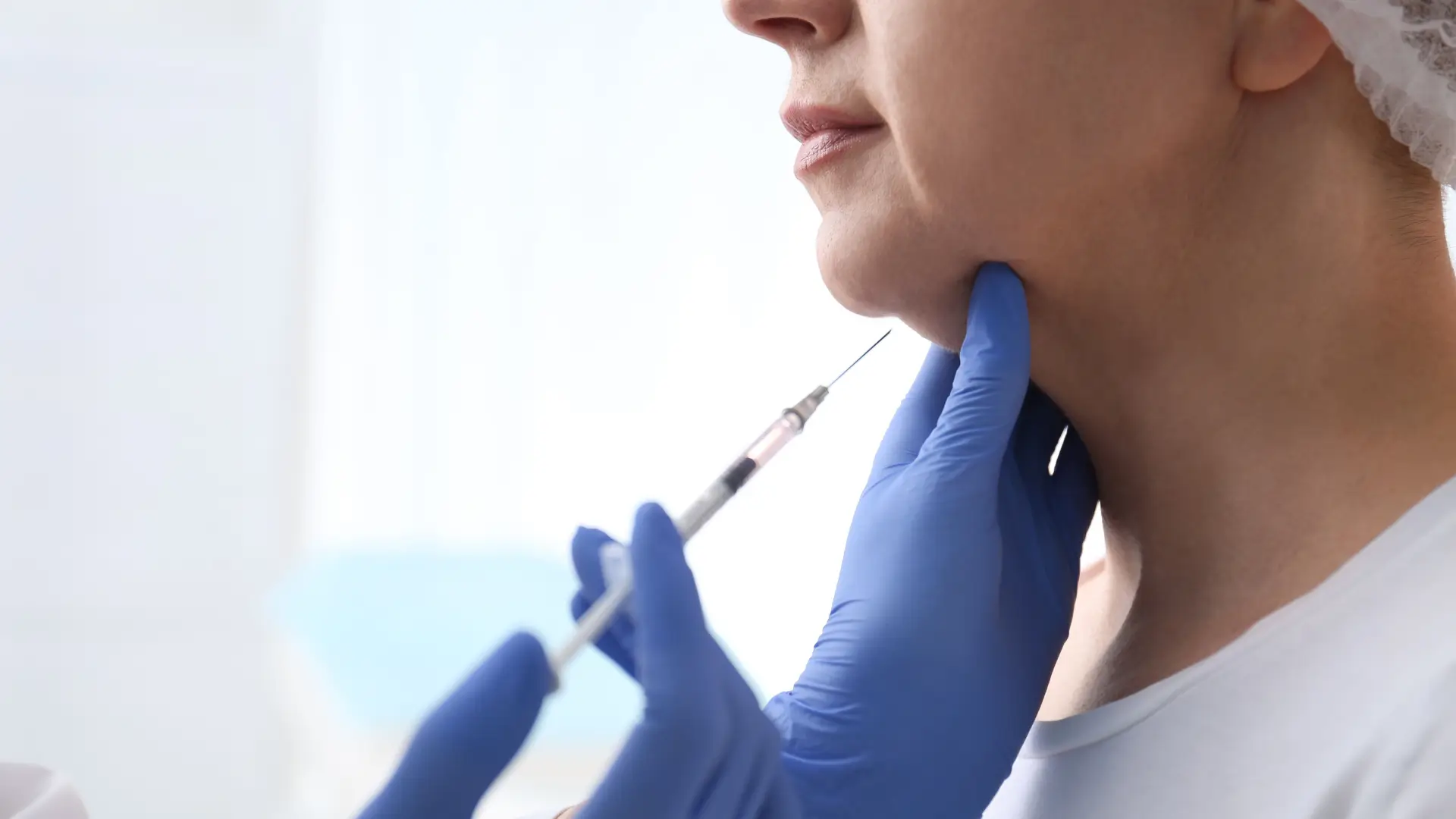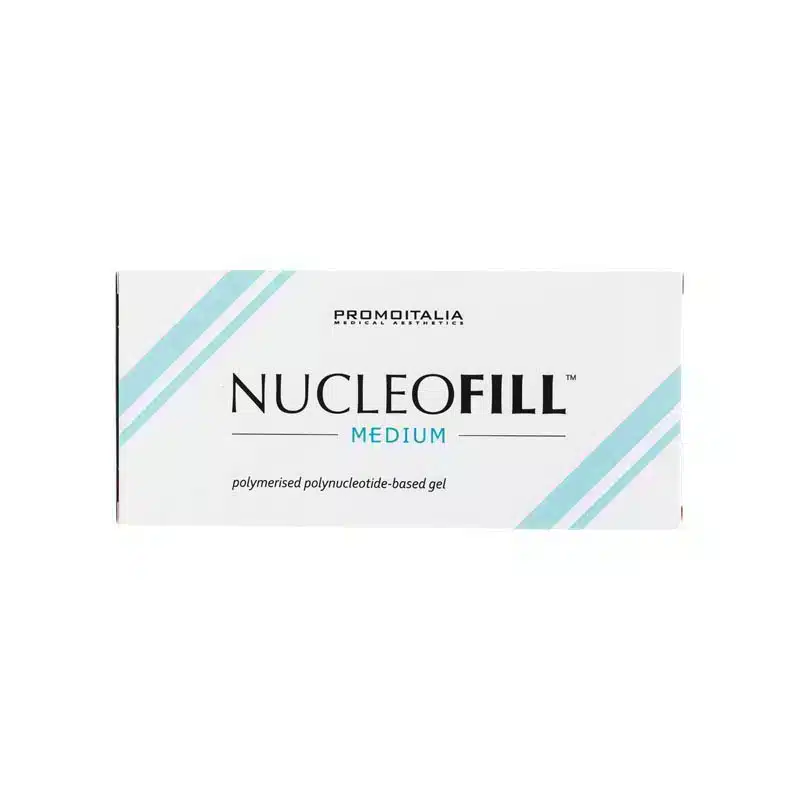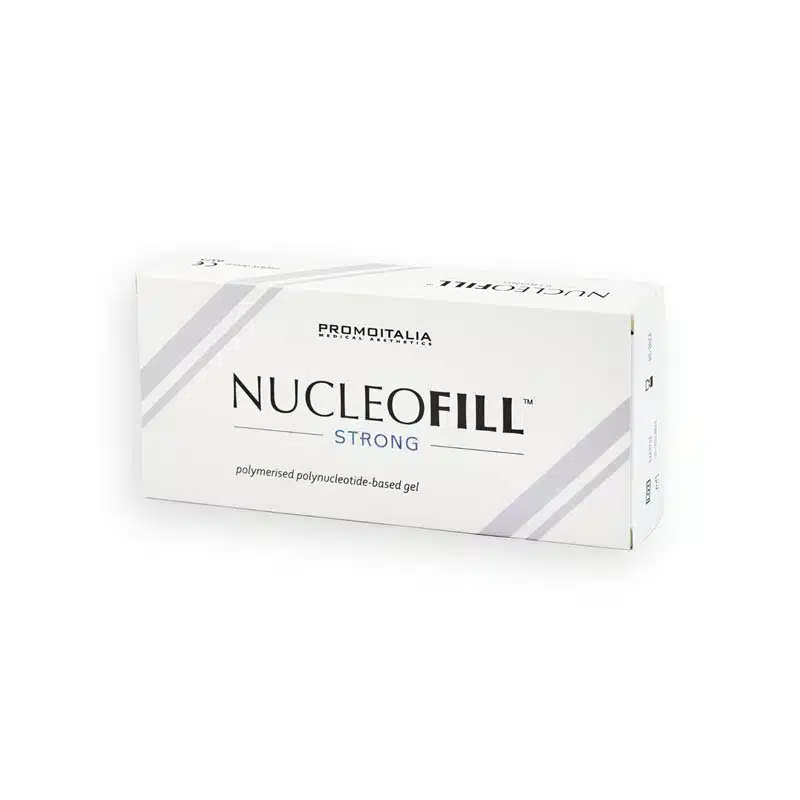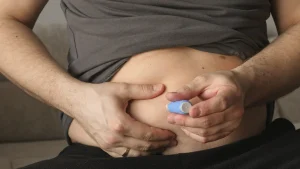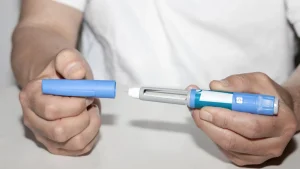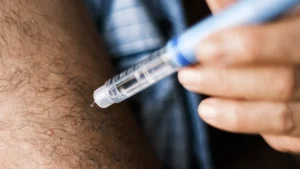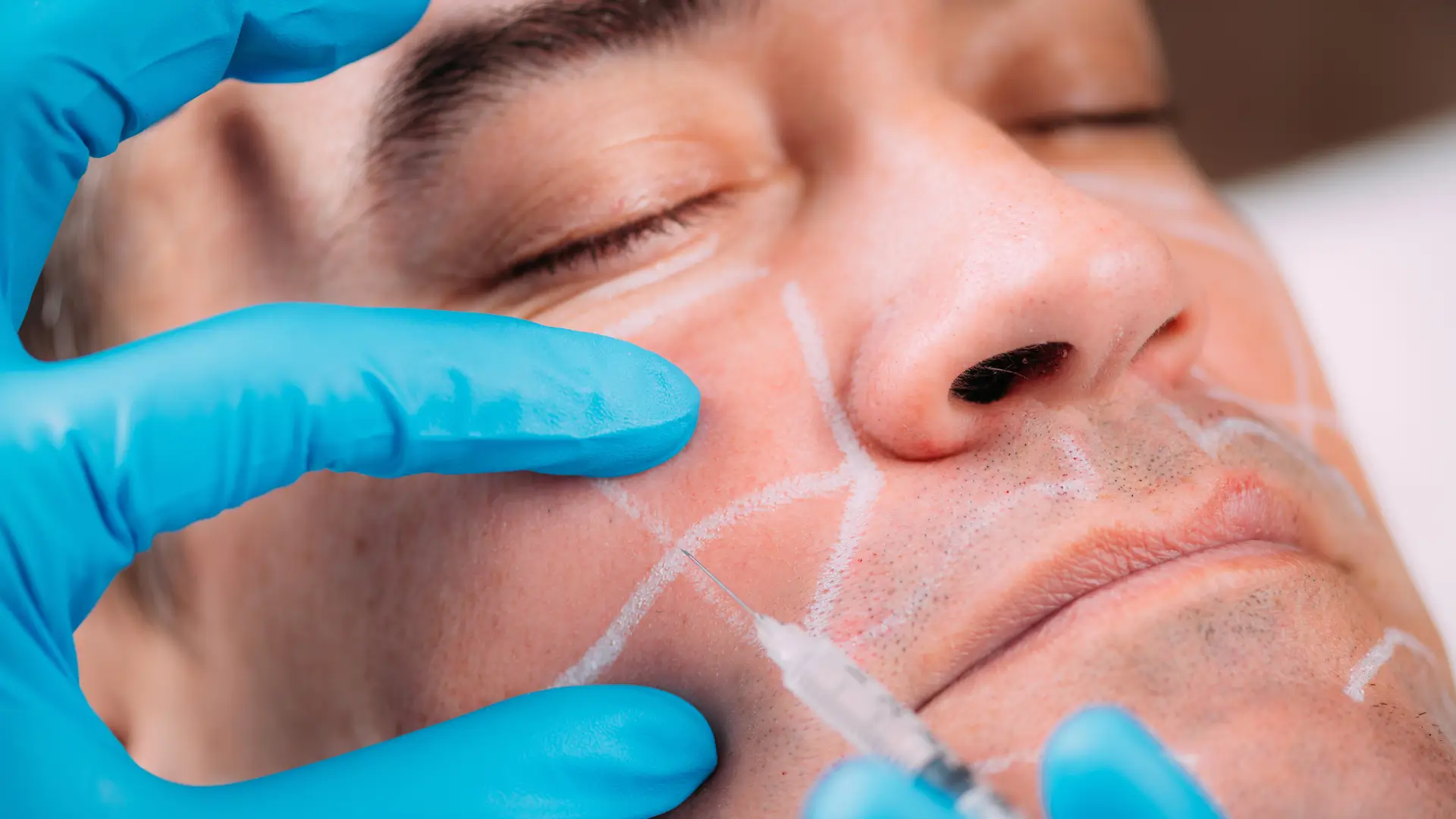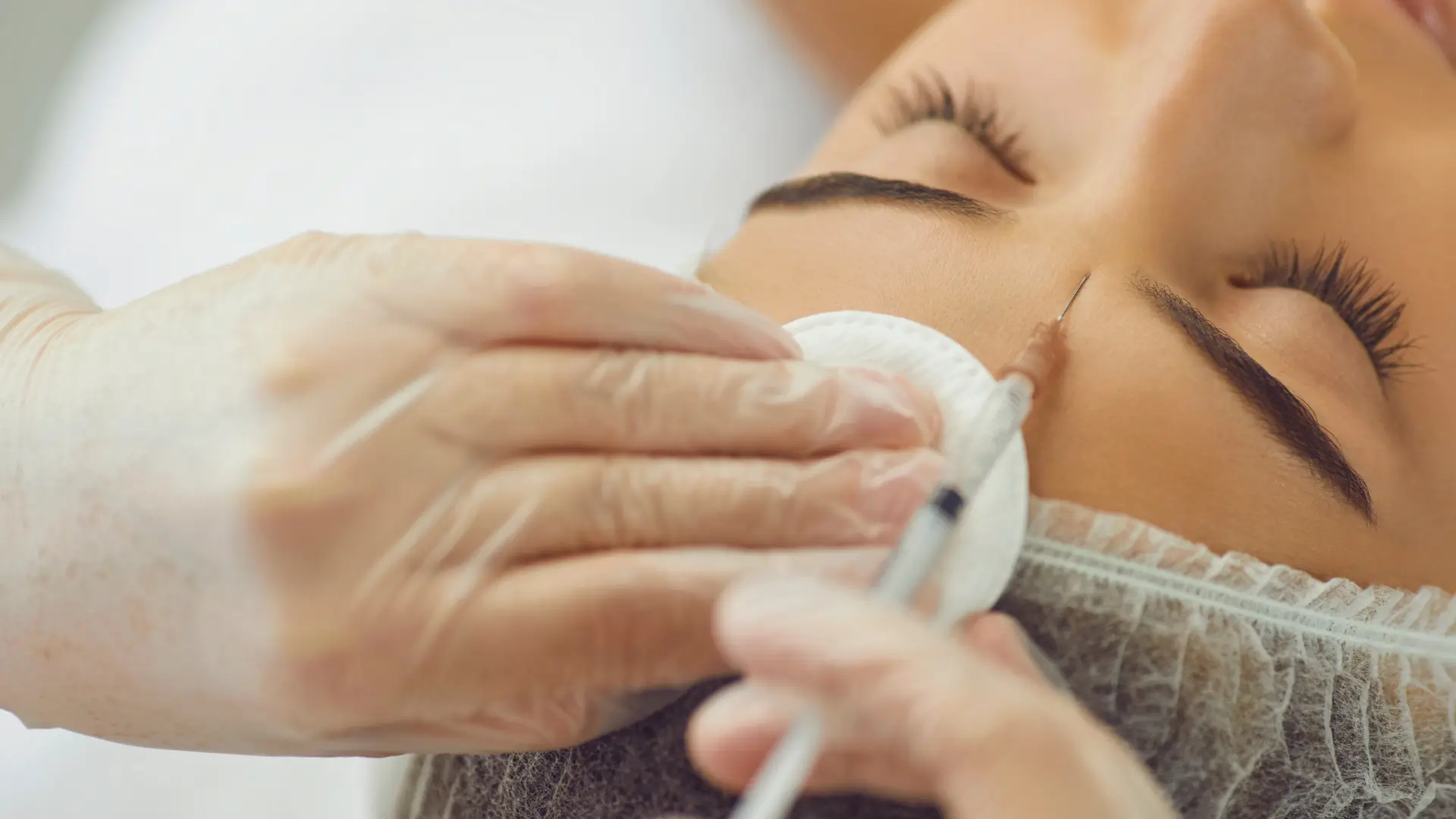Recent studies show that intradermal treatments using High-Purification Technology-Based polynucleotide devices significantly improve skin texture, firmness, pigmentation, and radiance, with results lasting up to six months. These impressive benefits come with a strong safety profile, making polynucleotide treatments a popular choice in aesthetic medicine.
However, like all non-surgical procedures, these treatments carry potential risks. Aesthetic professionals must equip patients with clear information about possible side effects to help them make informed decisions and enhance their satisfaction with the results.
This article delves into the side effects associated with polynucleotide treatments, offering a comprehensive list of common and rare side effects and practical guidance on how to manage them effectively.
Key Takeaways
- The aesthetic field has also employed polynucleotides in facial and skin rejuvenation treatments.
- Patients may experience common reactions that are usually mild or transient and often subside within a few days to a week.
- Polynucleotide treatments provide benefits but can sometimes lead to rare, serious side effects, such as infections or allergic reactions.
- The rare risks associated with polynucleotide treatments necessitate strict adherence to sterile techniques during administration and careful post-treatment care.
- Aesthetic providers must assess patients’ medical histories, skin conditions and types, concerns, potential risk factors, and aesthetic goals to determine their suitability for polynucleotide treatments.
About: Medica Depot is your trusted all-in-one supplier, offering a range of high-quality medical injectables and supplies. Buy Polynucleotides online at Medica Depot today! Whether for health professionals, plastic surgeons, dermatologists, licensed estheticians, or other specialists, we can offer genuine, brand-name products you may need. With Medica Depot, we prioritize serving you better to improve the patient’s quality of life.
Common Side Effects of Polynucleotide Treatments
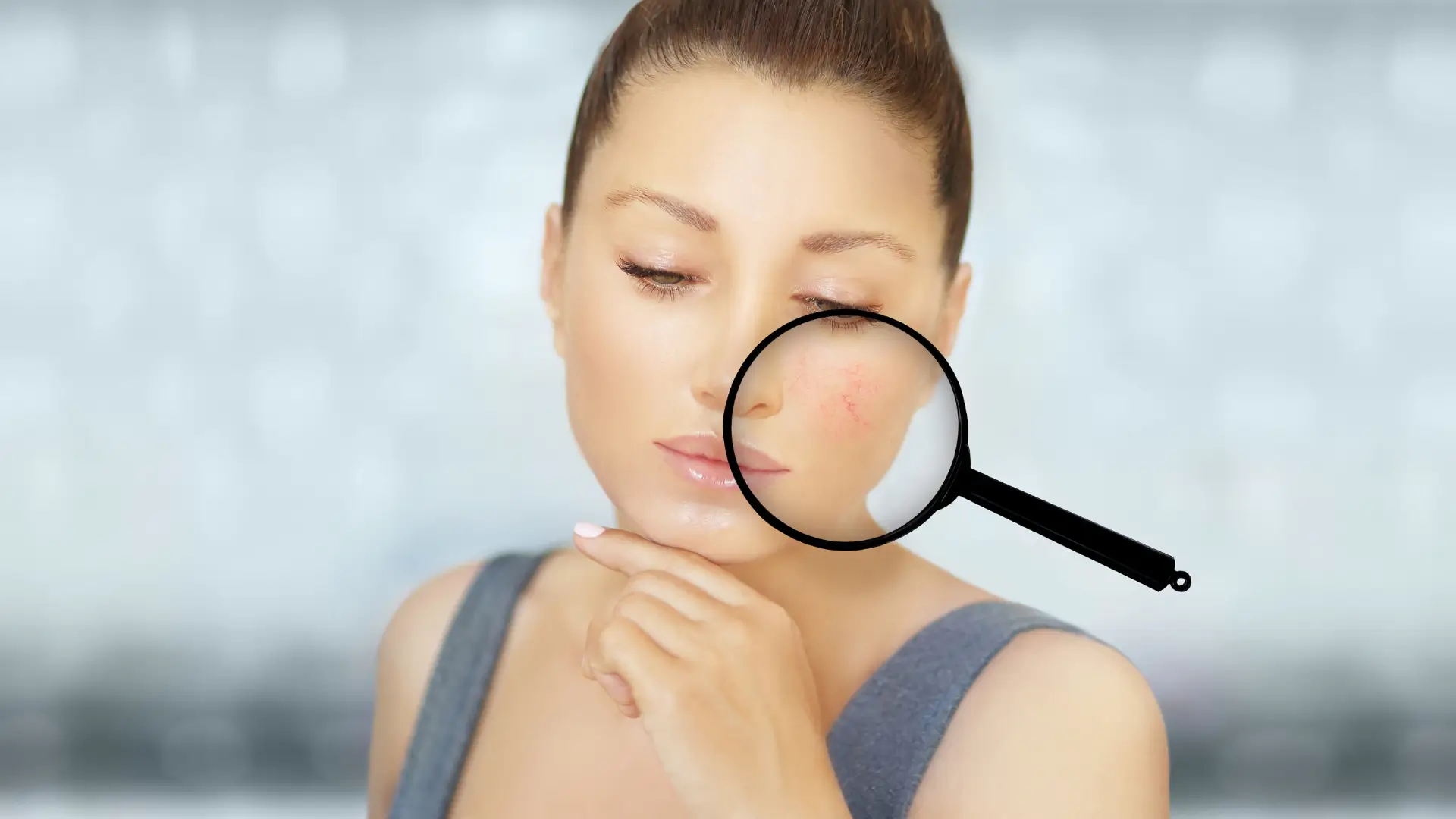
Polynucleotides consist of long chains of nucleotides that are the fundamental components of nucleic acids, such as DNA and RNA. These molecules are essential for storing and transmitting genetic information within cells.
Over time, polynucleotides treatments have emerged for therapeutic purposes, including gene therapy and regenerative medicine. The aesthetic field has also utilized this component in facial rejuvenation. However, individuals should be aware of common polynucleotides side effects that may occur at the injection site post-treatment.
- Redness
- Swelling
- Bruising
- Mild Discomfort or Tenderness
- Itching or Skin Irritation
Patients may experience these mild or transient reactions and often subside within a few days to a week. Aesthetic professionals may recommend applying ice or taking over-the-counter pain relievers to manage these symptoms. However, if they persist or worsen, medical intervention is required.
Rare but Serious Side Effects
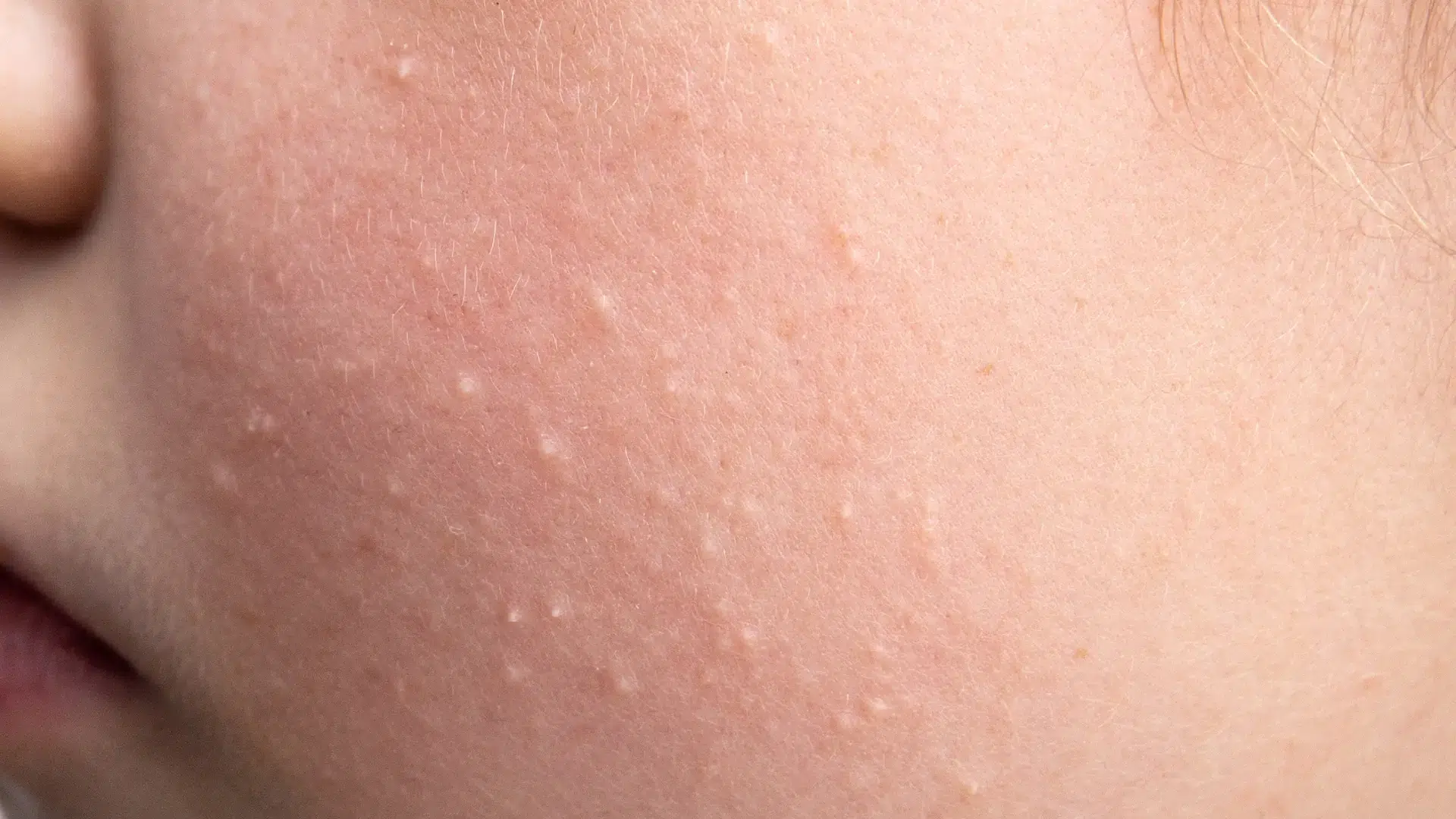
While polynucleotides products have undergone extensive trials and studies to prove their safety and efficacy, individuals should understand the possible risks. These treatments offer benefits but can occasionally cause rare, serious side effects. Careful monitoring and prompt medical attention are essential to ensure patient safety and well-being.
- Risk of Infection: Patients might develop infections at the injection site or throughout the body. Symptoms may include fever, chills, redness, swelling, pain, and pus formation.
- Allergic Reactions: Some individuals may experience severe allergic reactions, such as anaphylaxis. These may be characterized as hives, itching, swelling, difficulty breathing, and dizziness.
- Nodule Formation or Granulomas: These small lumps beneath the skin may form at the injection site.
These risks necessitate strict adherence to sterile techniques during administration and diligent post-treatment care. Immediate medical intervention is essential to manage these potentially life-threatening reactions.
Managing Polynucleotides Side Effects

Proper injection techniques are crucial to minimizing the risk of side effects. Healthcare professionals must follow sterile procedures and precise injection methods to reduce complications when administering polynucleotides treatments.
Furthermore, thorough patient selection and assessment can ensure patient safety. Aesthetic providers must evaluate patients’ medical histories, skin conditions and types, concerns, potential risk factors, and aesthetic goals to determine their suitability for the treatment.
Adhering to the provider’s clear aftercare and follow-up instructions is essential. Patients must be informed about potential side effects and advised on managing them. Moreover, regular follow-up appointments help monitor patients’ progress and address any concerns promptly.
Conclusion
Polynucleotide treatments provide significant benefits for skin rejuvenation, improving texture, firmness, and pigmentation. However, patients must be aware of potential side effects, both common and rare. Understanding these risks empowers individuals to make informed decisions about their treatment options and equips them to recognize and address adverse reactions promptly and effectively.
Aesthetic providers play a crucial role in ensuring the safe application of polynucleotide treatments. By maintaining strict sterile techniques, conducting thorough patient assessments, and emphasizing patient education and aftercare protocols, practitioners can minimize complications and enhance patient satisfaction. With this collaborative approach, both patients and providers can achieve safe, effective, and highly satisfying treatment outcomes.
FAQs
1. What are the common side effects of polynucleotide treatments?
Common side effects may include redness, swelling, bruising, mild discomfort or tenderness, and itching or skin irritation at the injection site. These reactions are usually mild and subside within a few days to a week.
2. What are the rare but serious side effects of polynucleotide treatments?
Rare but serious side effects can include infection at the injection site, severe allergic reactions (such as anaphylaxis), and nodule formation or granulomas under the skin. If these symptoms occur, it is crucial to seek immediate medical attention.
3. How can side effects from polynucleotide treatments be managed?
To manage side effects, healthcare professionals should follow proper injection techniques and sterile procedures. Patients are also advised to follow aftercare instructions and attend follow-up appointments to monitor their progress and address concerns.
References
- Lim, T. S., Liew, S., Tee, X. J., Chong, I., Lo, F. J., Ho, M. J., Ong, K., & Cavallini, M. (2024). Polynucleotides HPT for Asian Skin Regeneration and Rejuvenation. Clinical, Cosmetic and Investigational Dermatology, 17, 417–431. https://doi.org/10.2147/CCID.S437942
- Lee, K. W. A., Chan, K. W. L., Lee, A., Lee, C. H., Wan, J., Wong, S., & Yi, K. -H. (2024). Polynucleotides in Aesthetic Medicine: A Review of Current Practices and Perceived Effectiveness. International Journal of Molecular Sciences, 25(15), 8224. https://doi.org/10.3390/ijms25158224
